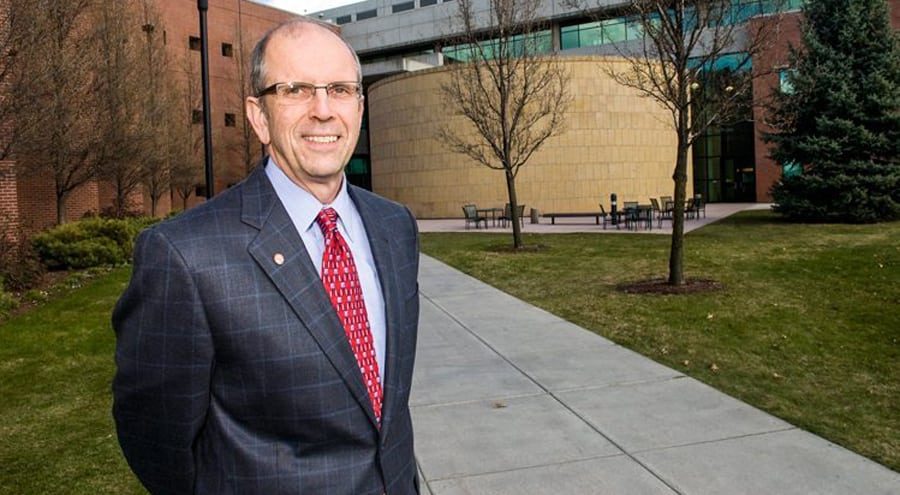
Home » Arts are vibrant in Tri-Cities, but not the payroll
Arts are vibrant in Tri-Cities, but not the payroll

May 15, 2019
By D. Patrick Jones
The area’s arts
calendar is full, as a glance at any Tri-City events calendar makes instantly
clear.
Consider music. The
area is home to classical organizations such as the Mid-Columbia Symphony,
Camerata Musica, Mid-Columbia Mastersingers. Festivals pop up in venues in the
area, especially in spring and summer, such as the Mariachi & More
Festival, Tumbleweed Music Festival, Sacajawea Bluegrass Festival.
Consider
the visual arts. Artists and patrons can look forward to the annual Art in the
Park, to the ongoing overview of showings provided by Gallery at the Park,
DrewBoy Creative, Cyber Art 509, and support from city art commissions.
Theater enjoys a long
tradition in the Tri-Cities, starting with the Richland Players. Then there’s
the Academy of Children’s Theatre, the Mid-Columbia Musical Theatre and Rude
Mechanicals.
Columbia Basin
College and Washington State University Tri-Cities, as well as area high
schools, contribute to filling the calendar with concerts, plays and showings
by local visual artists. Richland hosts an annual writers’ workshop. Why, the
metro area even enjoys an international film festival.
Beyond homegrown
talent, Tri-Citians enjoy access to shows that come to the Toyota Center,
including the Broadway series. And there are many more organizations and
cultural events that space doesn’t allow to list.
Yet while the
calendar may be full, the roster of arts businesses with a payroll is not.
Benton-Franklin Trend data indicates that there’s a relatively low and declining number of arts-related businesses. What’s considered an art-related business? In the database, the following are counted: art galleries, camera and photographic supply stores; book stores; performing arts companies; performing arts promoters; independent artists, writers and performers; musical instrument stores; compact disc and record stores; and museums. The definition comes from County Business Patterns, an annual series providing economic data conducted by the U.S. Census Bureau.
As the Tri-Cities
data makes clear, the most recent number of businesses in this category in the
two counties stood at 26, a decline from a decade ago. The graph shows that
compared to the U.S. and Washington, the Tri-Cities has consistently lagged in
these benchmarks.
In
2016, for example, the number of arts-related businesses per 1,000 businesses
registered at 4.5, or about a half of an arts business per 100 businesses. This
ratio stood 50 percent lower than the U.S. and the state. The sub-category of
book stores was the largest, by the way, with seven businesses for that year.
This measure is an
imperfect gauge of the pulse of the arts in the Tri-Cities. But as a proxy, it
has some legitimacy because if the arts pulse is strong, it should translate
into a private sector with some pulse. Ideally, we would supplement this
measure with others. But tracking the growth and development of the arts is
notoriously difficult. Securing even basic data on the performance arts, such
as attendance, is time-consuming and beyond the scope of the Trends project.
And of course, many aspects of the arts, such as the visual arts, don’t use
turnstiles in their venues.
Given our society’s
penchant for measuring, these activities should still show up in government
data. Indeed some do, via the U.S. Census Non-employer Statistics, or NES. This
is an annual report, largely based on data from the IRS. By definition, these
are firms with no employees, other than the owner or operator. A general
finding, here and in other metro areas, is the large number of art “non-employers,”
compared to those firms with employees.
What
does the Census specifically show for 2016 for Benton and Franklin counties?
(2017 data will be released in a couple of months.) Let’s look at three
categories.
According to the NES,
there were 45 performing arts companies in the greater Tri-Cities that were run
by only one paid person. Contrast this to four local performing arts companies
with a payroll. By far, the largest category in the NES series consisted of
independent artists, writers and performers. The count in 2016 was 306. Compare
this to those artists who are large enough to have payroll: three.
Finally, the number
of museums without a payroll amounted to six, compared to three with a payroll.
The information
reveals a Tri-City arts sector that largely runs on the energy of solo
practitioners and volunteers. This shouldn’t come as a surprise. After all,
most visual artists always have worked on their own. And in a smaller market,
the population simply isn’t present to support for-profit galleries and
performing arts organizations. The Trends data reflects this reality. In other
words, it’ll take a while for the Tri-Cities to catch up to the Santa Fe arts
scene.
But Census data does
reveal that many creative types call the Tri-Cities home. While their efforts
haven’t led to a “creative economy,” a la Santa Fe, they undeniably enrich life
here.
D. Patrick Jones is the executive director for Eastern Washington University’s Institute for Public Policy & Economic Analysis. Benton-Franklin Trends, the institute’s project, uses local, state and federal data to measure the local economic, educational and civic life of Benton and Franklin counties.
Local News Arts & Culture




